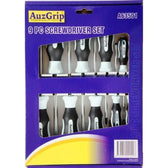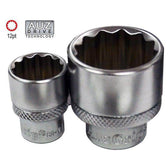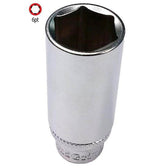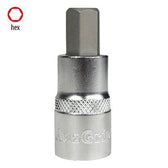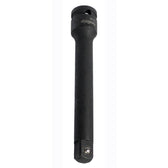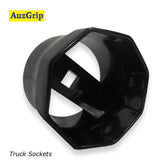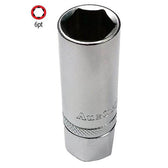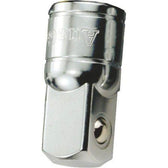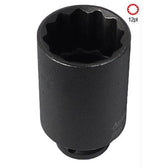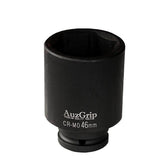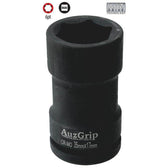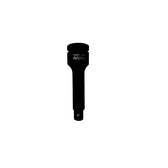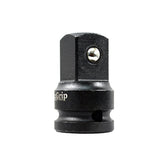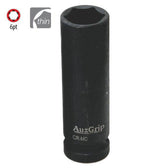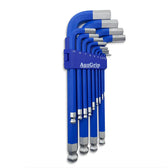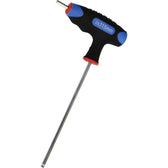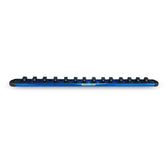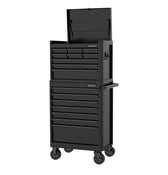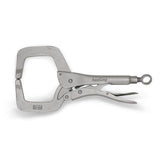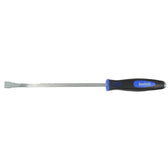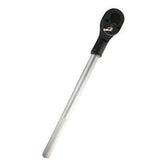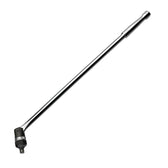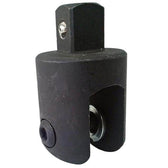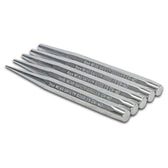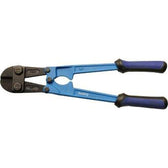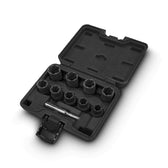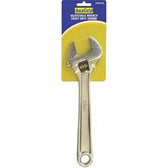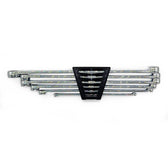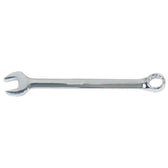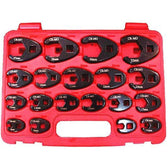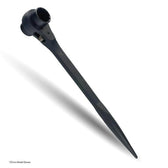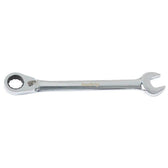Electroless nickel (EN) plating is a method of depositing a nickel alloy suspended in an aqueous solution onto a substrate. The process is made up of a series of precisely timed baths to clean, rinse, activate, and plate the wrenches. Electroless means it is an autocatalytic, or self-activating, chemical reaction where the plating thickness is controlled primarily by bath chemistry and soak duration rather than electrical current. The end result of the EN process is a tightly controlled, highly uniform plating, which offers many advantages over chrome and other finishes.
Unlike EN, chrome plating relies on electrical current to deposit multiple layers of nickel beneath a thin, protective layer of chrome. This process imparts excellent corrosion protection, hardness, and abrasion resistance to the tools. However, the thickness of the plating can vary based on the tool's shape and its position in the plating bath. These factors can alter the current density in uneven ways. For instance, sharp corners and protruding shapes accumulate more buildup of plating material, while intricate areas like blind holes or internal cavities receive less coverage. The result can be slight sizing variation and small areas that remain unprotected. Despite these inherent variations, chrome-plated tools remain a solid choice, offering long-lasting performance and durability.
Most chrome plating uses hexavalent chromium, a chemical that requires very careful handling and disposal. A less common chrome plating method uses trivalent chromium, which is safer. Electroless nickel does not use any kind of chromium, and the other materials used in EN are generally safe when handled properly, as any industrial chemicals should be. While all forms of plating can be completed without safety issues or environmental harm, the additional steps required for hexavalent chrome plating are resource-intensive and ideal to avoid when possible.
The warm golden hue is due to the natural appearance of the nickel element combined with a small amount of phosphorus. The phosphorus comes from the sodium hypophosphite solution, which is used as the reduction agent in the chemical reaction.
EN provides excellent corrosion resistance against common chemicals, solvents, and humidity. It will hold up to normal use in garages, mobile services, and shop environments without issues. However, like any protective plating, it may become susceptible to corrosion when exposed to extreme environments for extended periods of time.

